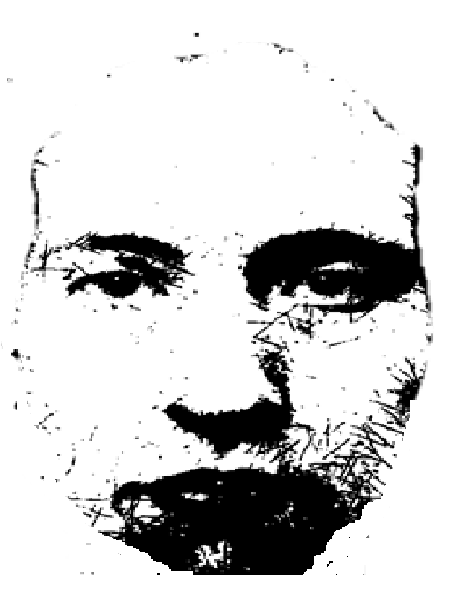Facial Biometrics: Research Essay
How it Works
Facial biometrics segments regions of the face and maps facial features. Complex mathematical algorithms and matching processors measures and maps the geometry of the face. Such as the distance between, facial features such as nose, eyes, mouth and ears and the structure, contour and proportions of the facial region (Martin, 2019).
Current Uses
The 'no contact' interaction is believed to make transactions and processors more efficient, speeder and more hygienic by the end-user. It is a popular security measure, as unique biometric features cannot be as easily stolen as usernames and passwords. The Coronavirus epidemic has reignited the market of contactless transactions, particularly with purchases, identification, banking and health care.
Facial recognition has become a highly utilised tool used in a range of everyday applications for commercial, industrial, business and personal use (Klarreich, 2014). Examples mentioned by Gemalto (2020) include:
Social media: Used to identify and tag people of interest in posted digital images.
Security: Live video surveillance systems or CCTV which can be linked to biometric data from criminal or missing person databases and used to find, identify and locate missing children, elderly and criminals.
Facial Biometrics & I.T.
As a technological commodity facial recognition has been incorporated into numerous end-user products and applications such as smart technology (e.g. smartphones) and Internet of Things (IoT). Corporate end-users can perform everyday business activities fast and effectively with minimal interruption or delay. Facial recognition technology is advancing in the field of security, law and marketing and retail. Additionally, it allows people to contactless transactions, keeping to current social distancing laws.
Trends
NEC(2019), Gemalto(2019) and Corning(2019) has identified the following markets and trends where facial recognition is most likely to develop.
Airport & Border Security:
Biometrics is simplifying the walkthrough from check-in to bag drop, through security/border control and to the aircraft door. Eliminating the need to show passports or boarding passes is a concept gaining popularity.
Digital travel credentials allow passengers to store their passport in a secure wallet on their smartphone or the cloud. They can check-in before arriving at the airport, not needing to provide their passport or boarding pass at the lounge or boarding gate (Farrell, 2019).
Single-step biometric exit processes incoming and outgoing passengers just by looking into a camera (Farrell, 2019).
Electronic or Digital Identification:
Electronic or digital identification is a process that requires a camera connected to the internet (Goode 2019, p.5). Digital identification uses the device’s camera to compare the user’s face to the identity document they provided to a verification service (Goode 2019, pp5).
Advertising:
For the purpose of targeted advertising that can identify unique features like age and gender to present instore promotions and recommendations (NEC 2019; Rosenthal & Oberly 2020; Pasquarelli 2019)
Digital Banking and Cardless Payment
Facial recognition payment systems are being introduced into the banking sector that enables customers to pay without cash, card or mobile phone (European Commission 2018).
Advantages
One advantage is biometrics can be used to verify the identity of a person living in a remote situation to access online or remote services (Goode 2019, p.6).
Ethics
Some ethical/legal concerns are:
Bias:
Cases of misidentification with people of colour, particular coloured or darker-skinned women (Martin 2019; Gemalto 2020; Schippers 2019). This can potentially cause machine-generated ‘automation bias’ (Schippers 2019).
Inaccuracy:
Facial recognition devices can still be tricked. There have been cases where facial camouflage such as mask, glasses or makeup have been used.
Conclusion
Facial Recognition is still in its infancy and there are limited security policies and regulators when monitoring the collection and storing of personal data, and ensuring its use for only its intended purposes. In a situation such as global epidemics or connecting to remote individuals and communities, facial recognition technology can be a practical tool if used right.
